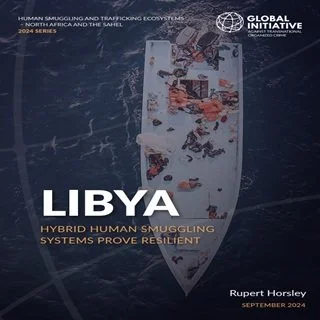By Rupert Horsley
Human smuggling across these regions continues to evolve rapidly. Since the COVID-19 pandemic, significant changes have emerged in the volume and direction of migratory flows and smuggling networks. These shifts are closely linked to ongoing political, economic and security developments, including protracted conflict, governance crises and economic uncertainty.
Since 2016, the GI-TOC has monitored the political economy of human smuggling and trafficking in North Africa and the Sahel. This work was expanded and formalised in 2018 with the establishment of the North Africa and Sahel Observatory (NAS-Obs). Through annual country reports and thematic studies, the Observatory has provided a detailed understanding of the actors, routes and dynamics shaping mobility and exploitation in the region.
The 2025 series features country reports on Libya, Niger, Chad and Tunisia. Together, they capture the current transformations in human smuggling across both regions: from the persistence of hybrid smuggling systems in Libya, to evolving migration routes through Niger and Chad, and the increasing mobility of Sudanese refugees across North Africa. The reports also analyse the political and security contexts driving these trends, including the deepening conflict in Sudan, ongoing instability in Libya, and growing pressures along Tunisia’s coastal migration routes.
Geneva: Global Initiative Against Transnational Organized Crime, . 2025. 36p.





